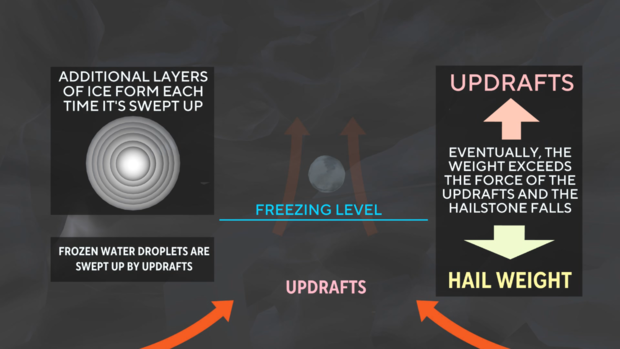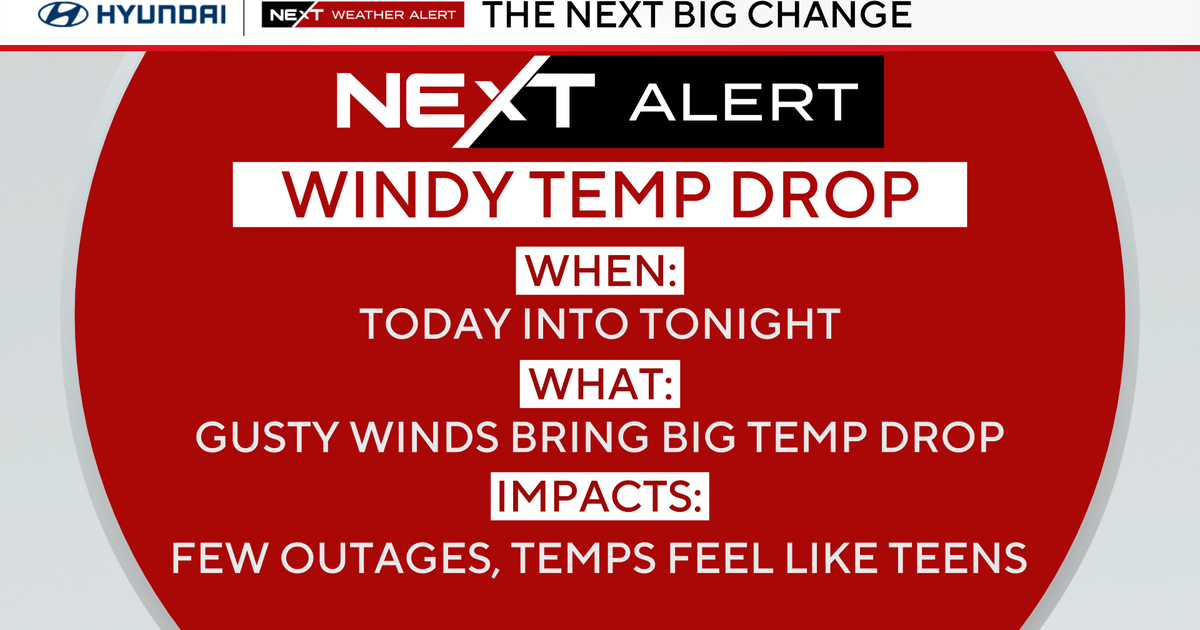Hey Ray: Updrafts and hail size
PITTSBURGH (KDKA) - When meteorologists cover thunderstorms, hail is usually one of the things we watch for. In the past, we showed you how hail is formed, but one of the big ingredients in how big a hail stone can become is wind.
Not necessarily wind that blows north and south and east and west. We are talking about the wind that blows from the surface, up in the sky. We call that type of wind an updraft. If that updraft is not strong enough that hail will stop going up, and start to fall back down. These updrafts are needed to form even the smallest hail.
The smallest hail we report is pea-sized hail. It takes an updraft of 24 miles per hour to hold that tiny little hailstone up. For hail, the size of marbles, 35 mph gusts are needed.
Yes, meteorologists use weird things to report hail size.
Now we're getting into the money-sized hail!
Penny-sized hail needs winds blowing from the surface to higher altitudes of 40 mph. 46 mph winds are needed for nickel-sized hail. Quarter-sized hail needs almost 50 mph updrafts to support its weight. Quarter-sized hail is representative of severe thunderstorms. This is when storms have the potential to cause damage.
Next up is ping-pong ball-sized hail.
These hail stones need 60 mph updrafts.
Golf balls are a little bigger, so golf-ball-sized hail needs stronger winds of 64mph for lift. Golf ball-sized hail can cause major damage to roofs and cars.
Hen egg-sized hail needs updrafts of nearly 70 mph and tennis and baseball-sized hail need updrafts between 77 mph and 81 miles per hour.
Grapefruit-sized hail needs updrafts of nearly 100mph. Hail that big is extremely dangerous and damaging.









